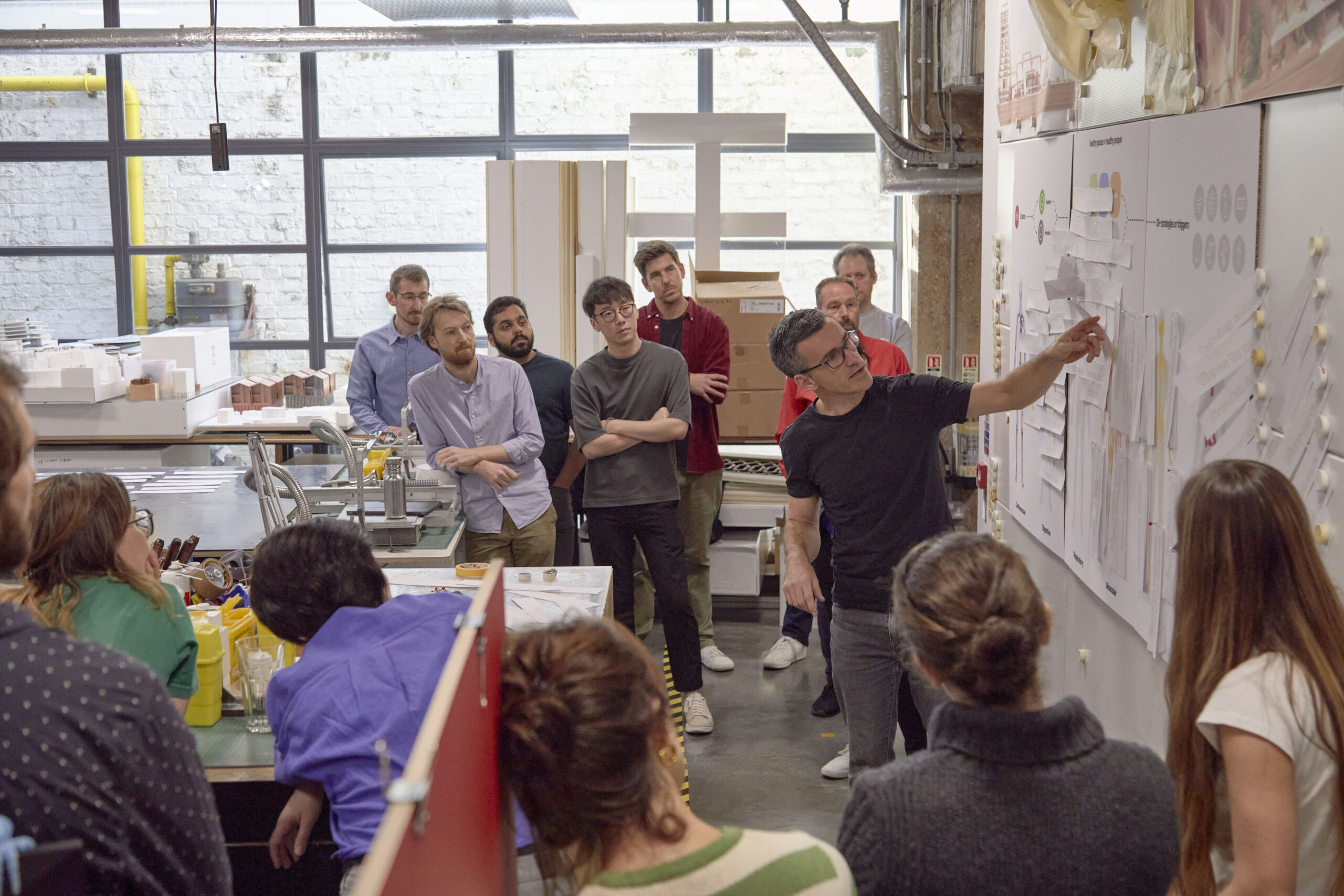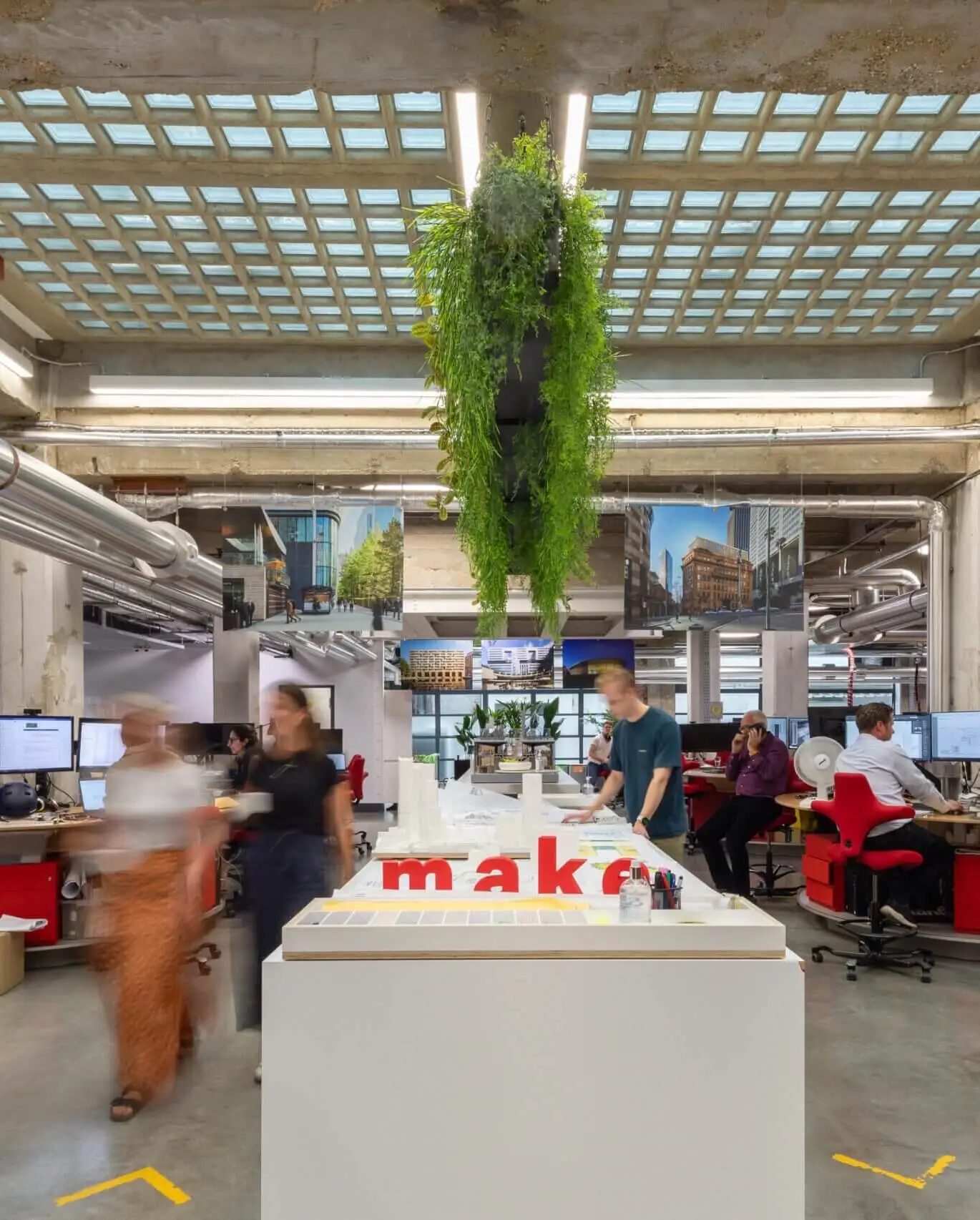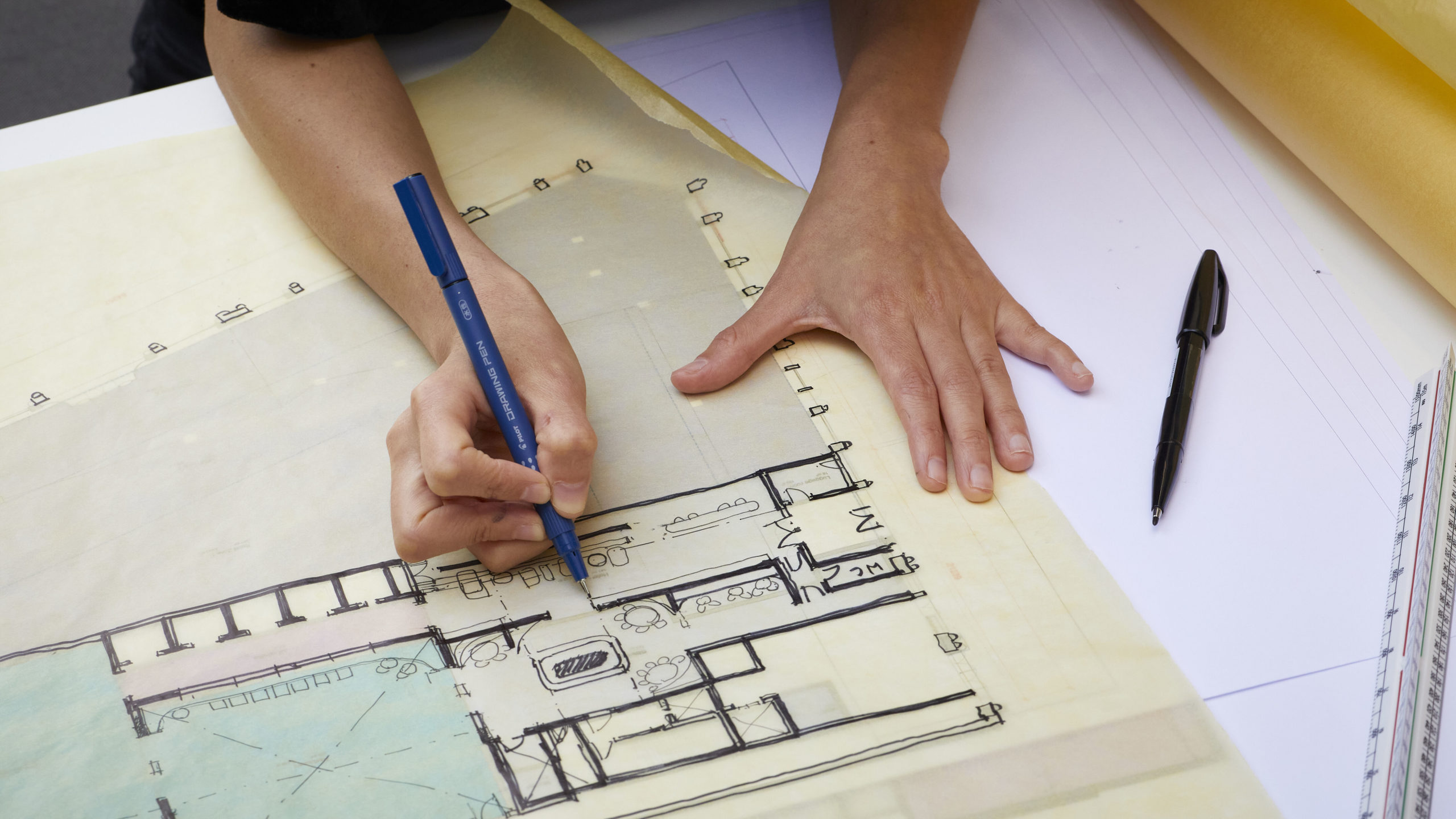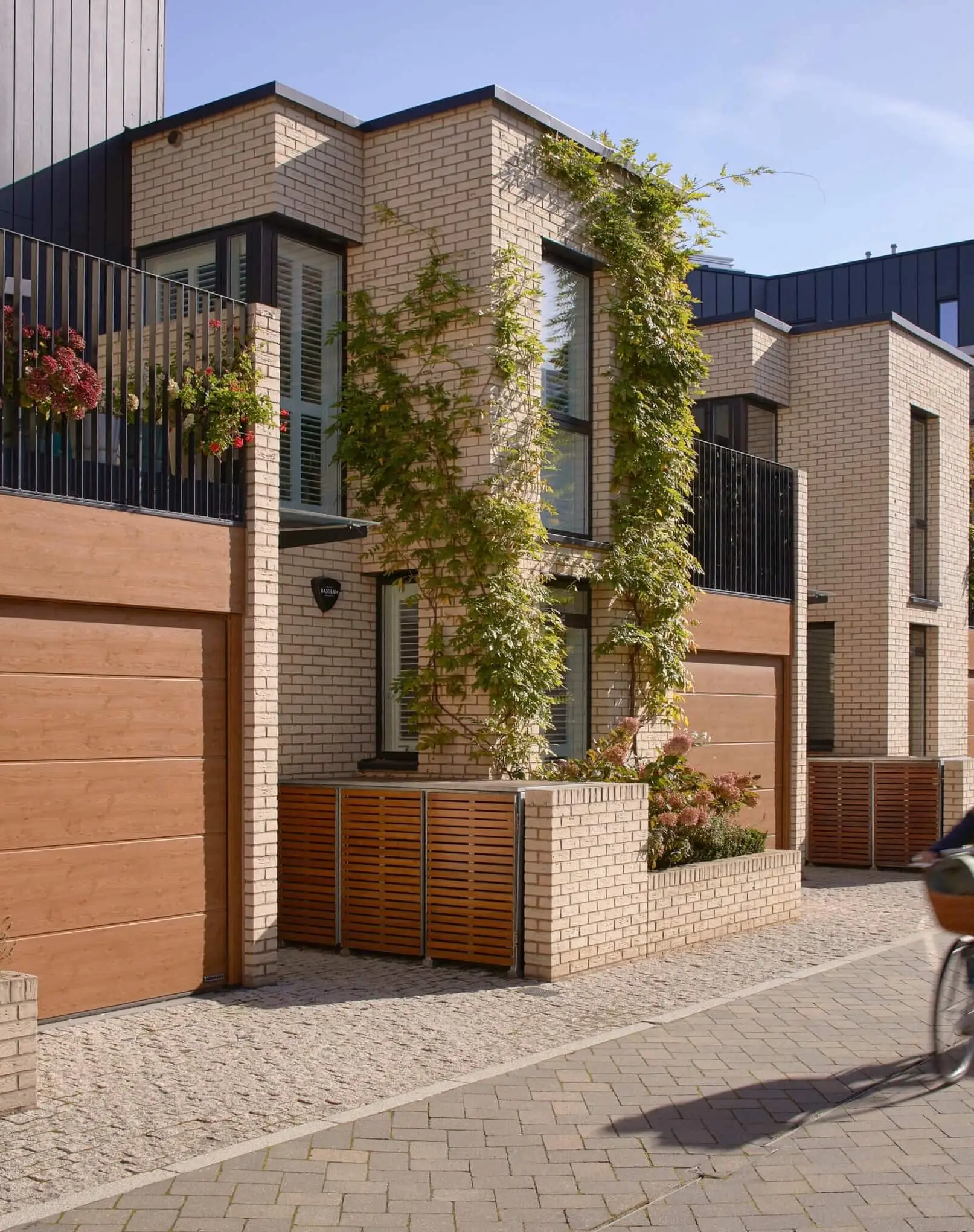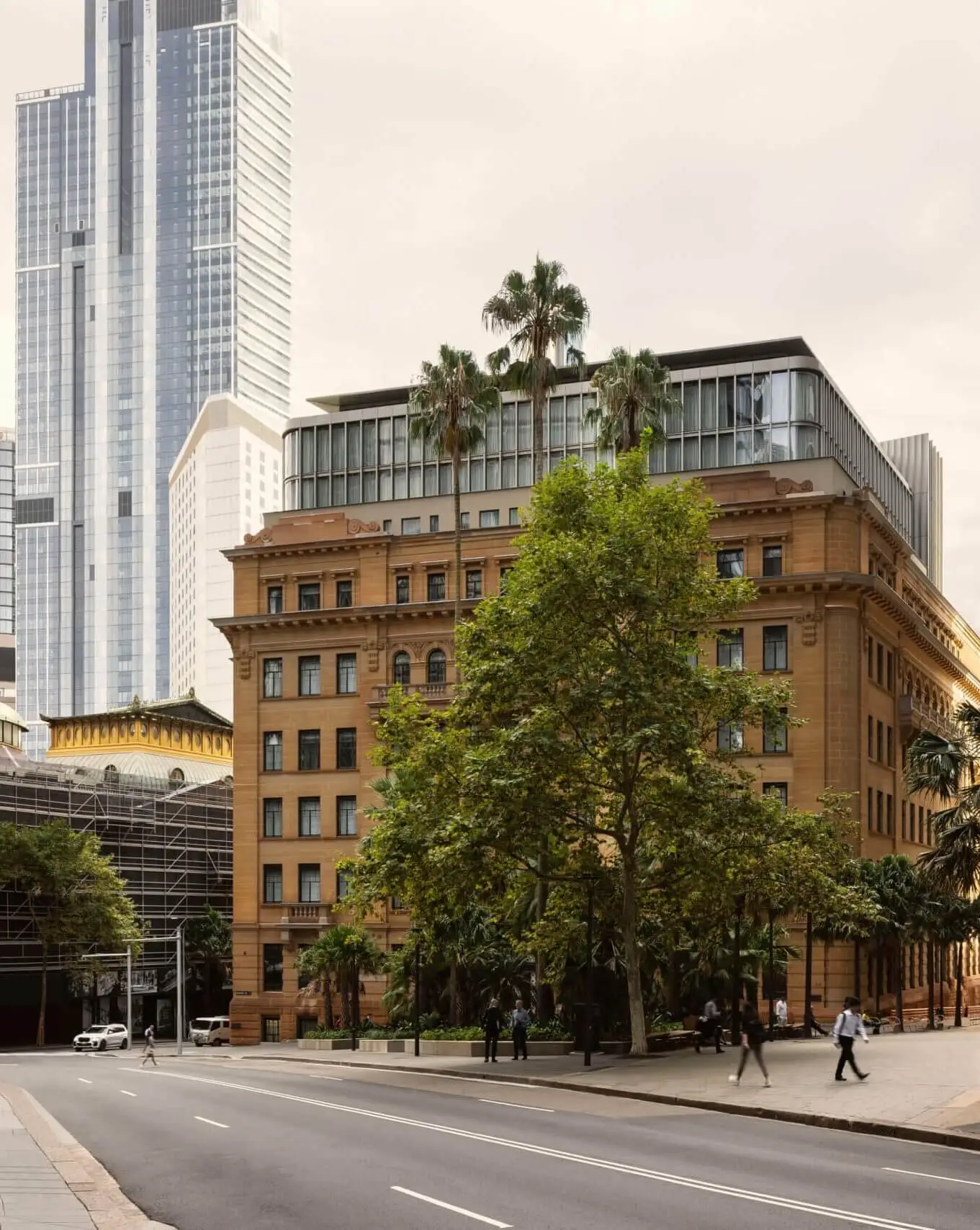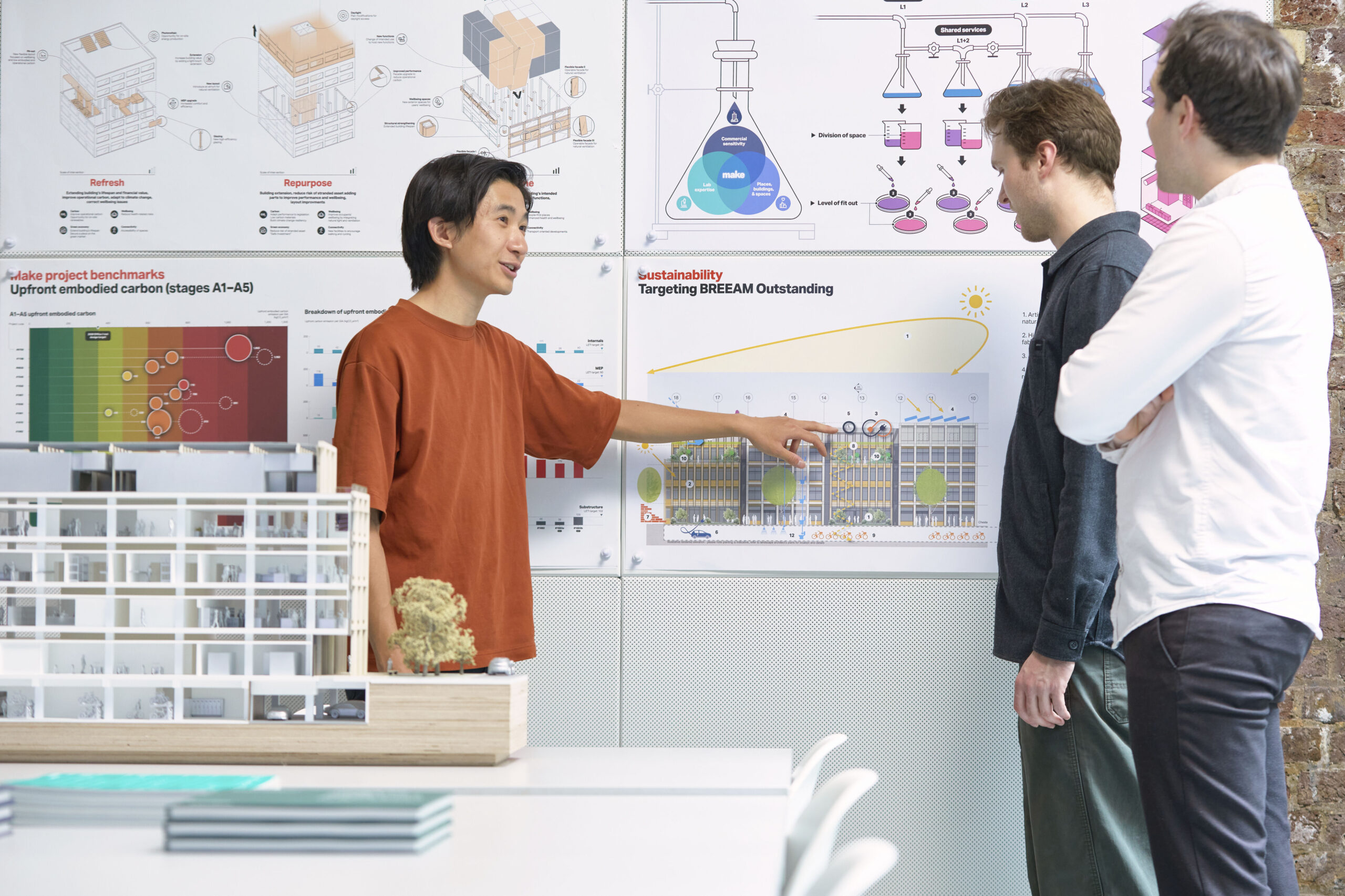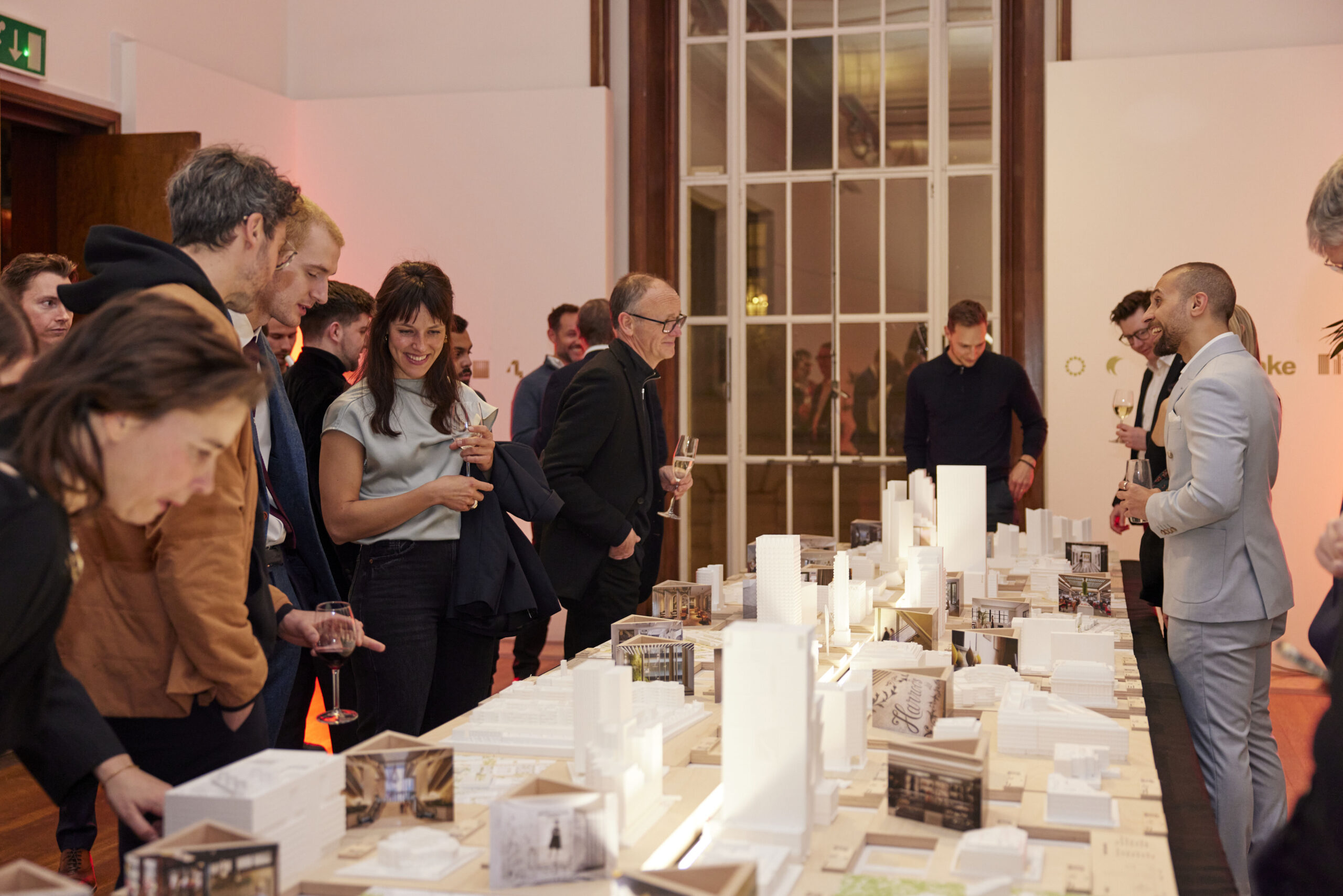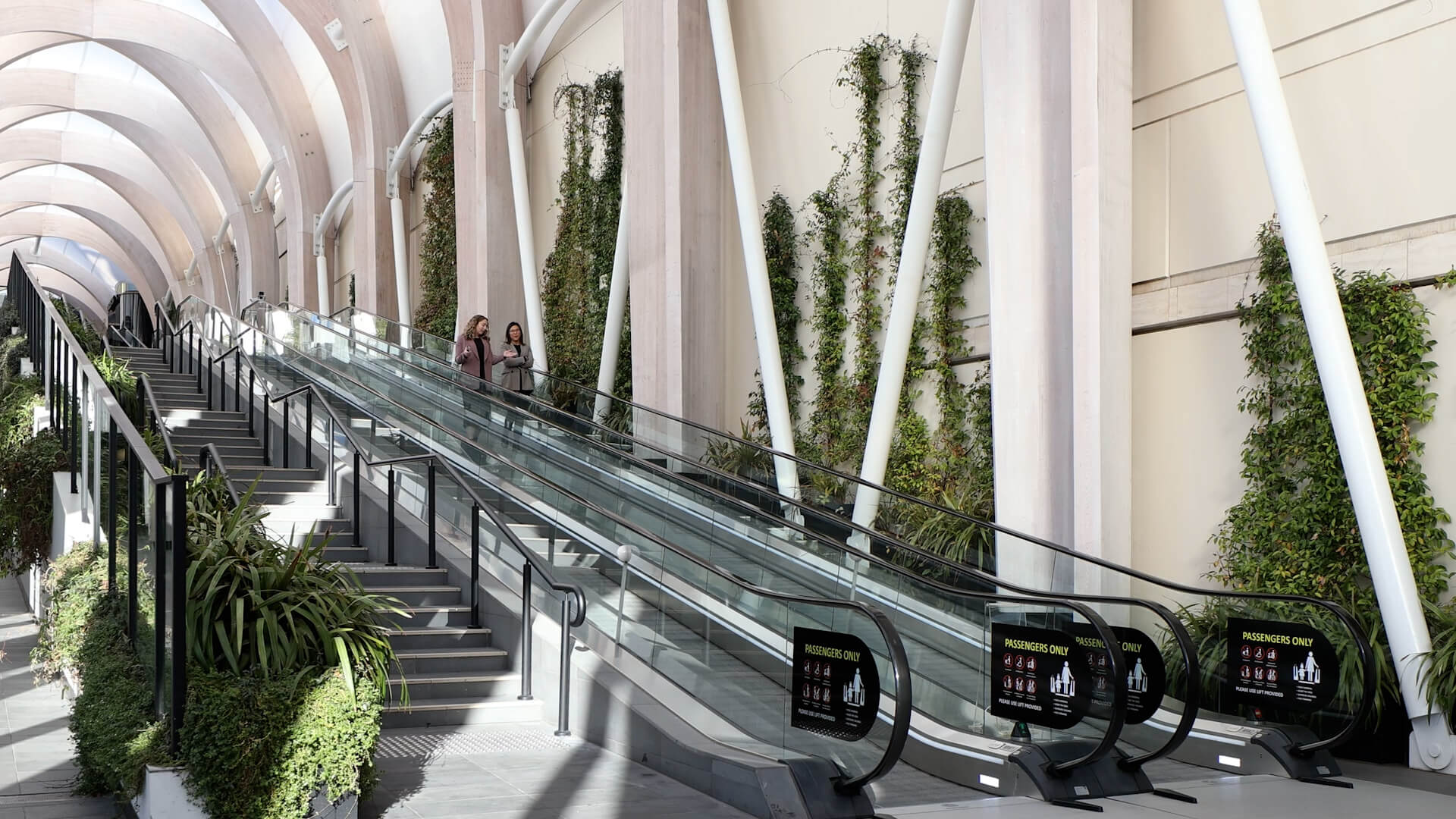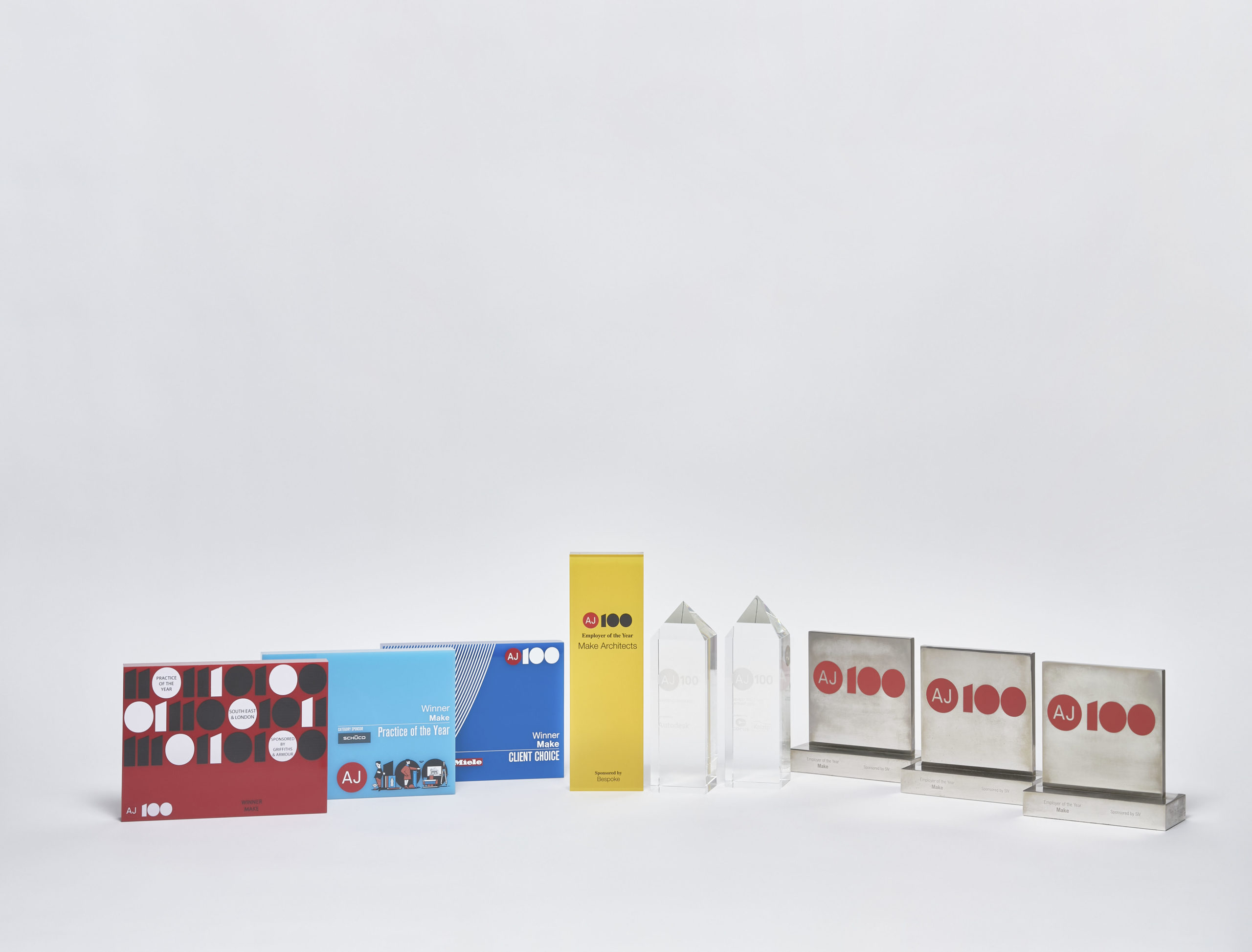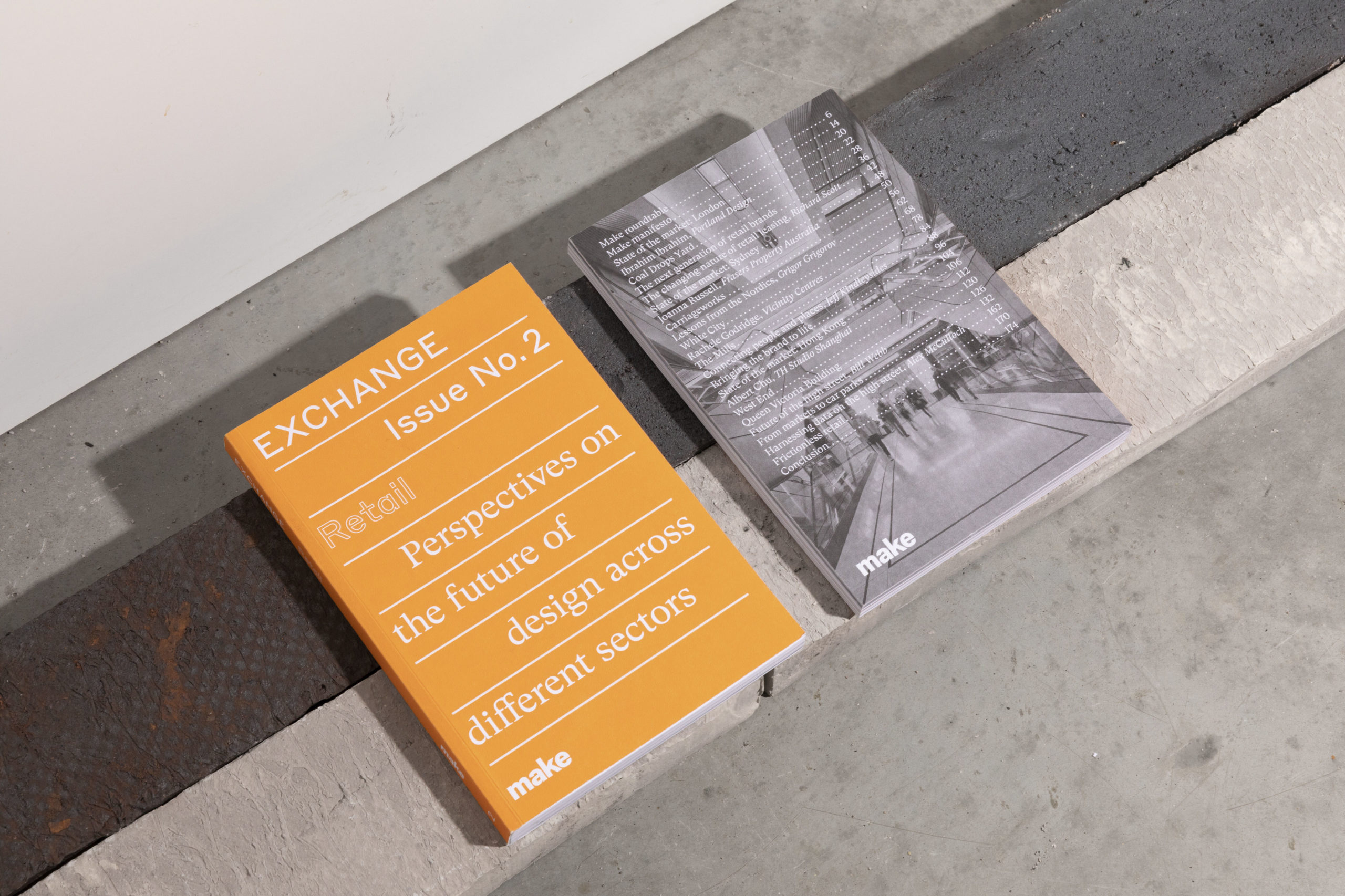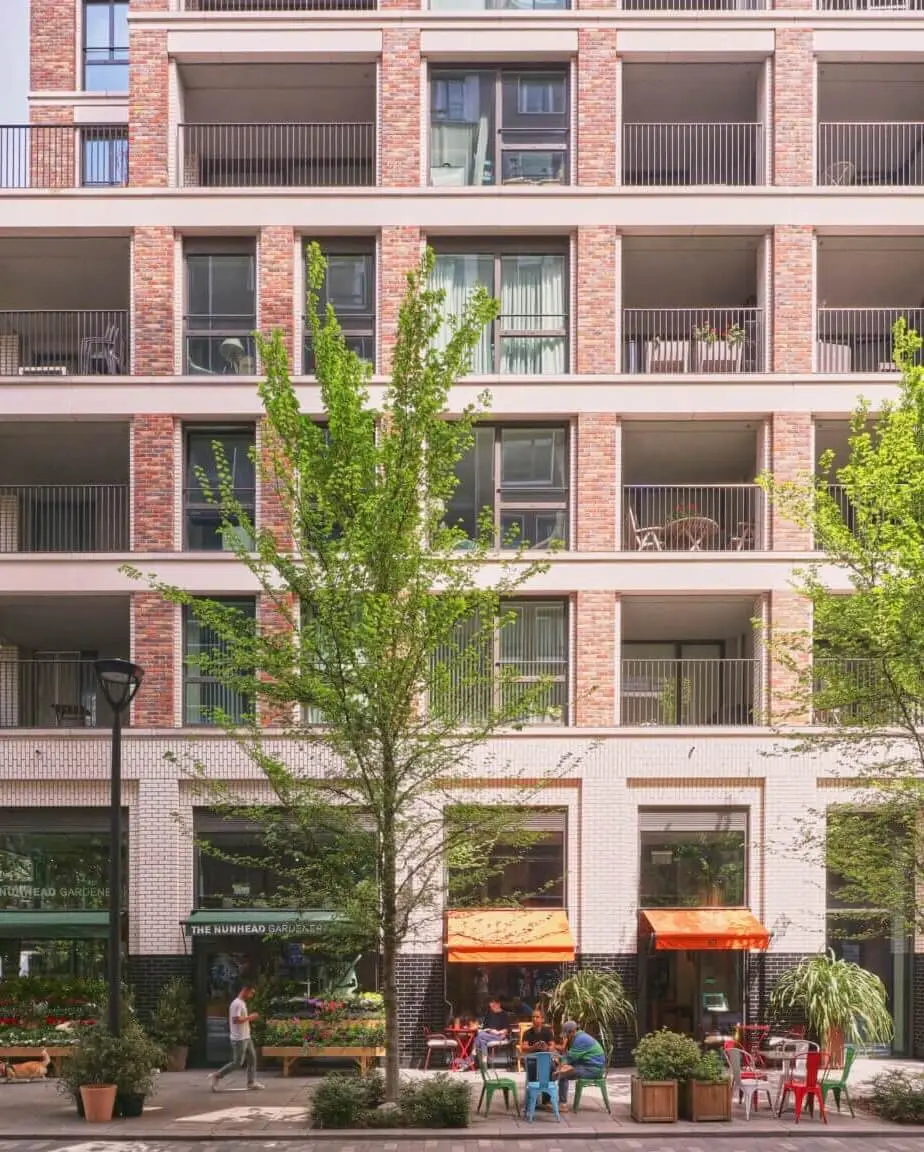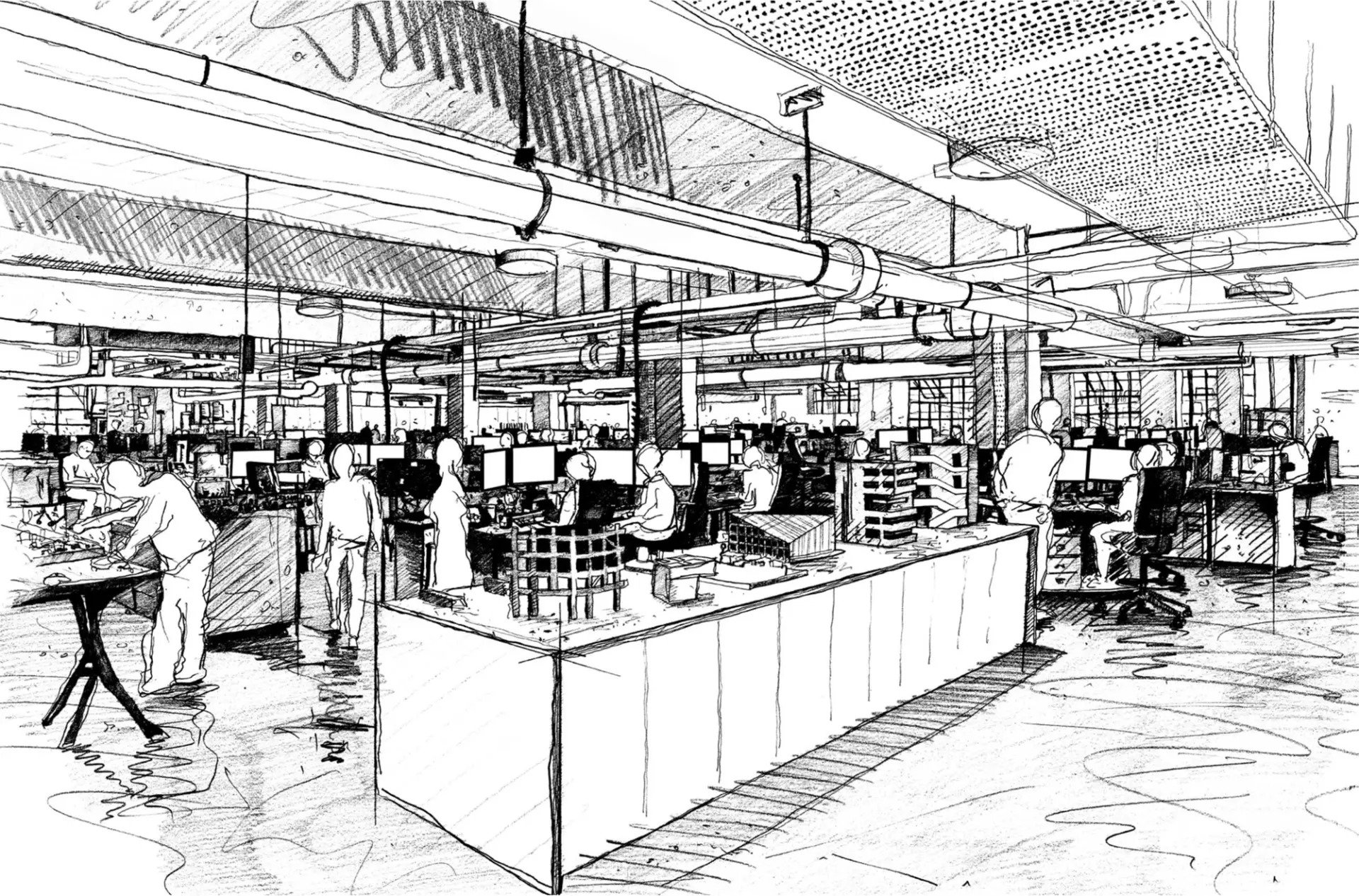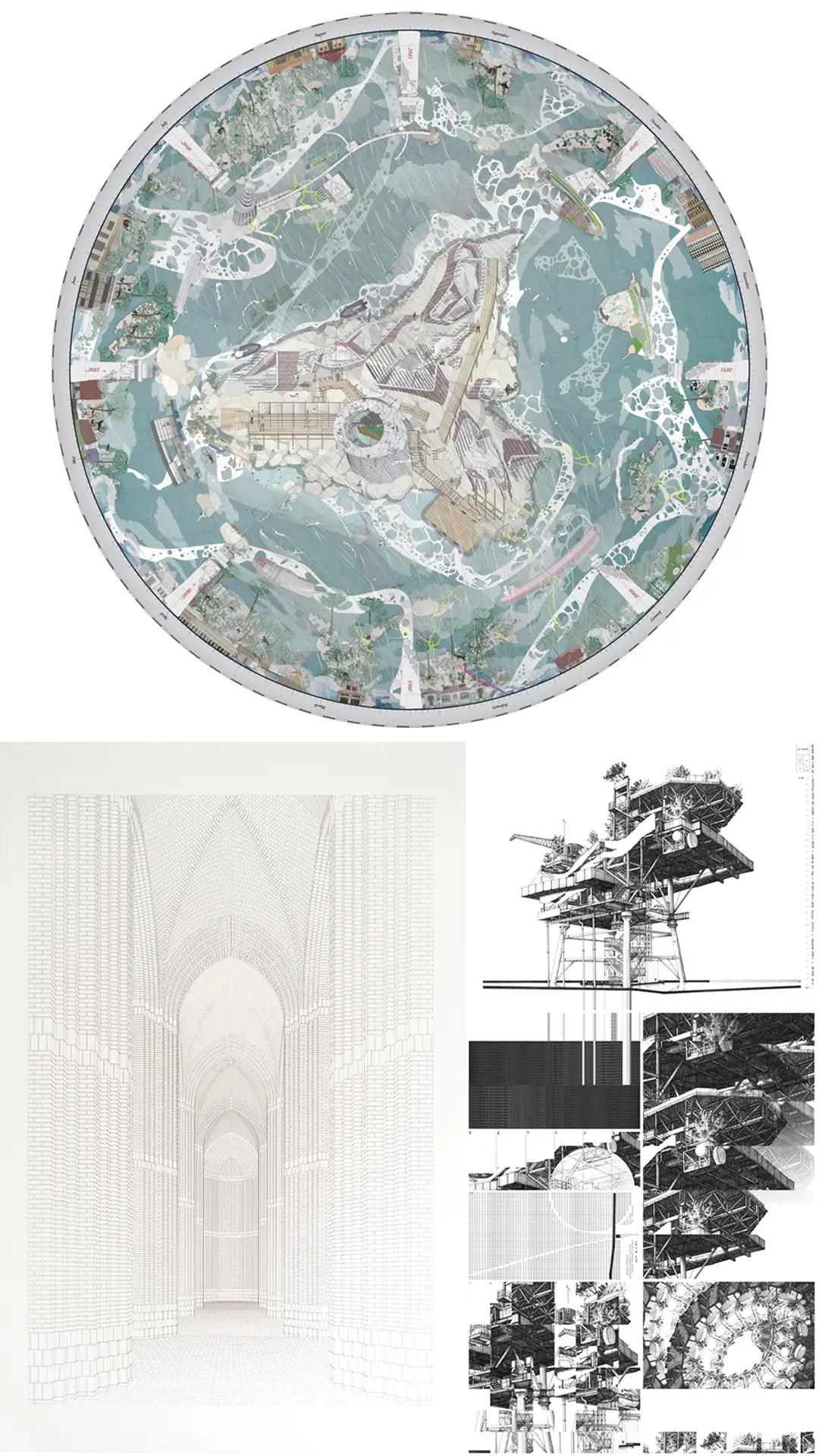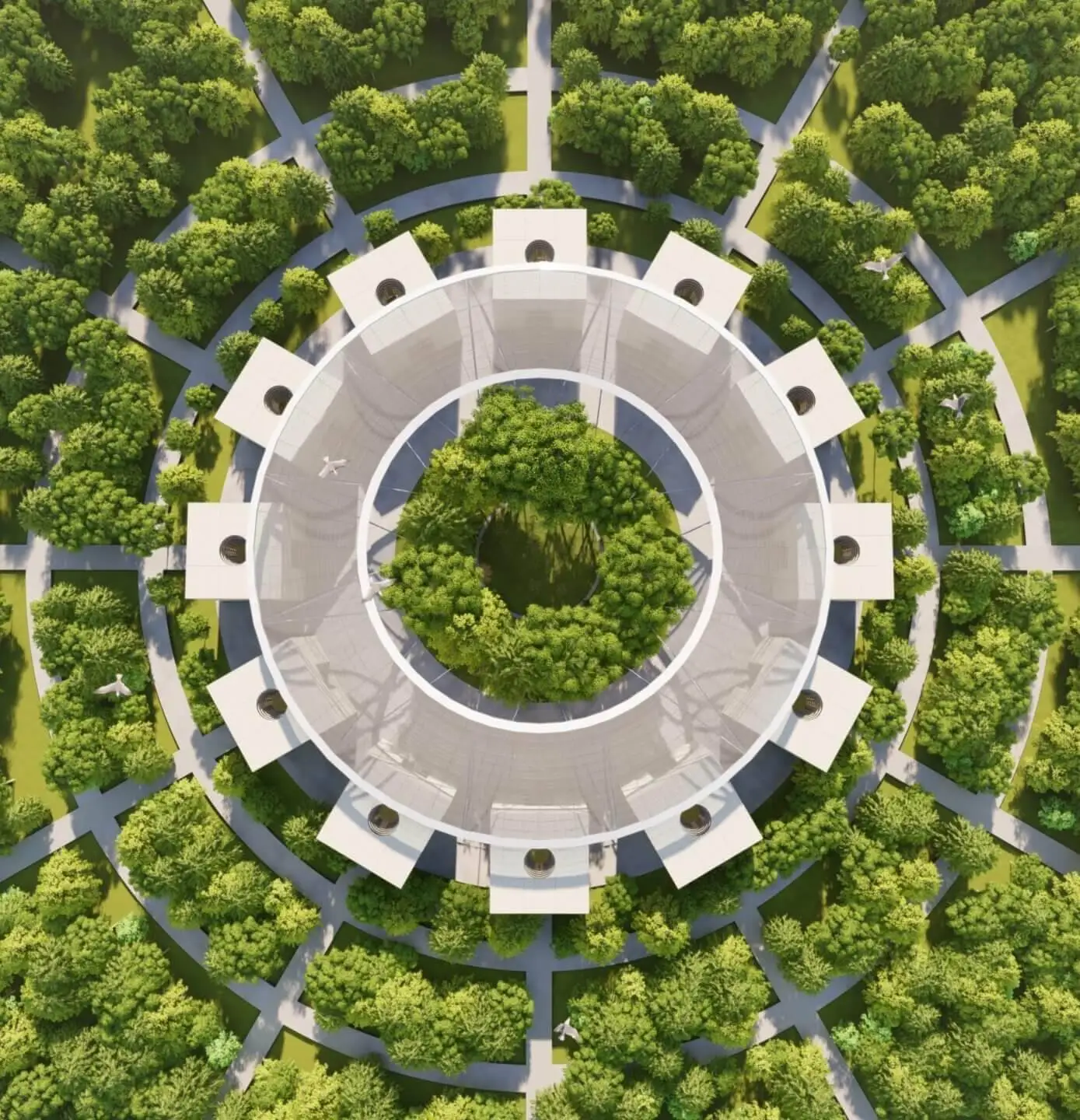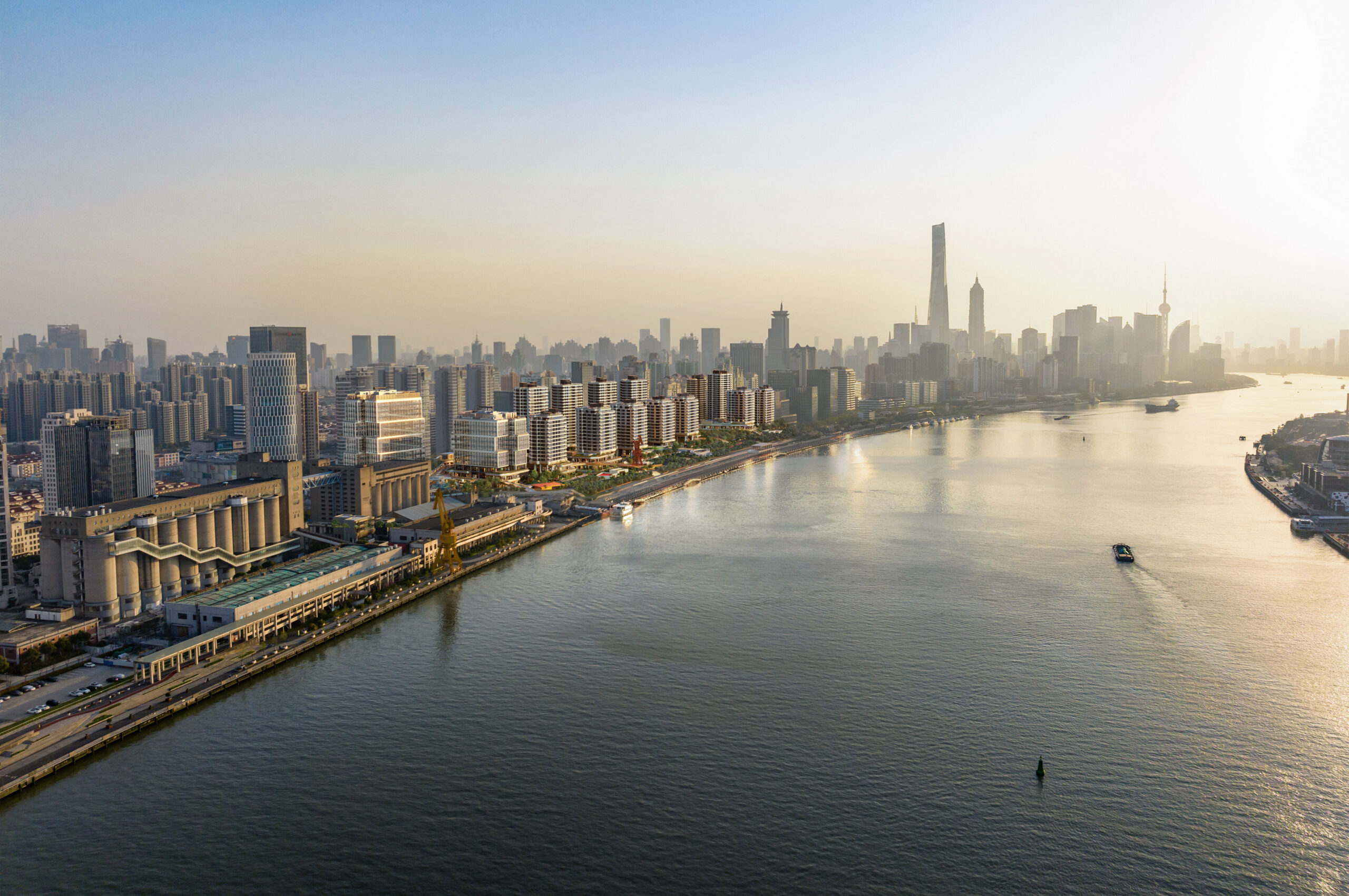

Research and methodology
To evaluate the performance of the Thermal Labyrinth Ventilation System (TLVS) at the Big Data Institute, I combined site visits, expert interviews, literature reviews, and computational simulations. This multi-layered approach allowed me to examine both the theoretical framework and real-world performance of the system.
Discussions with architects and engineers provided insights into the design intent, construction challenges, and maintenance requirements. A literature review contextualised TLVS within broader passive cooling strategies, identifying its potential and limitations in different climates.
The core analysis involved computational fluid dynamics (CFD) simulations to model airflow, pressure distribution, and temperature changes within the labyrinth. Key parameters like airflow velocity, pressure drop, and cooling potential were assessed under various conditions. This comprehensive research demonstrated how airflow regulation and thermal mass storage contribute to energy savings, offering a holistic evaluation of TLVS as a passive cooling solution in modern architecture.
Key findings from the research
The study of the Big Data Institute’s Thermal Labyrinth Ventilation System (TLVS) revealed critical insights into its thermal efficiency, energy performance, and architectural integration. Leveraging computational fluid dynamics (CFD) simulations, construction analysis, and environmental metrics, the research highlighted the system’s contribution to sustainable design while identifying areas for optimisation.
1. Thermal performance
- The labyrinth successfully tempered incoming air by 3-4°C, reducing reliance on mechanical cooling systems during peak summer months and minimising heating demands in winter.
- The one-pathway design, when augmented with additional turns, achieved similar thermal performance to the three-pathway system. However, this improvement came at the cost of higher pressure drops and operational inefficiency, making the three-pathway system more balanced for long-term performance.
2. Energy savings and carbon reduction
- The labyrinth reduced the building’s annual Building Emission Rate (BER) to 157,531 kgCO₂/year, achieving a 40.22% reduction compared to the baseline Target Emission Rate (TER) of 263,531 kgCO₂/year.
- The use of GGBS concrete reduced the embodied carbon of the system, ensuring the operational carbon savings far outweighed the initial carbon investment during construction.
3. Pressure drop and energy efficiency
- The three-pathway design exhibited significantly lower pressure drops compared to the single-pathway configurations, reducing fan power requirements and enhancing energy efficiency.
- Lower pressure drops directly contributed to reduced operational energy consumption, underscoring the value of multi-pathway configurations in large-scale applications.
4. Architectural and system design implications
- The labyrinth’s integration beneath the lower ground floor showcased how passive systems can harmonise with architectural form without compromising spatial functionality.
- Precast concrete panels with textured surfaces were used to enhance thermal mass efficiency while expediting construction, completing the structure in just four weeks.
- The system’s design reinforced the importance of incorporating passive systems into the project from the concept stage to align costs, planning, and construction strategies.
5. Economic and sustainability metrics
- The labyrinth installation cost approximately £150,000 with projected annual energy savings of £4,336. This results in a payback period of 20 years, making it a long-term, sustainable investment (BDI Energy Strategy Reports, 2014).
- By achieving significant reductions in both energy consumption and carbon emissions, the labyrinth contributed to the building’s BREEAM ‘Outstanding’ rating, exceeding the required 25% improvement over baseline building regulations.
6. Challenges encountered
- Construction in a high-water table area necessitated waterproof concrete and rigorous quality control to prevent groundwater infiltration, which could have compromised the system’s functionality.



Architectural impact
Make Architects’ design philosophy focuses on merging functionality with environmental responsibility, exemplified by the seamless integration of the Thermal Labyrinth Ventilation System (TLVS) at the Big Data Institute. From the outset, the team collaborated with engineers and sustainability consultants to ensure the labyrinth was a core part of the building’s design.
Positioned beneath the structure, the labyrinth minimised visual impact while optimising energy performance, influencing foundation design and requiring advanced construction techniques. Its airflow requirements also shaped the facade, balancing precise air intake with a cohesive exterior.
This project highlights the value of interdisciplinary collaboration, embedding sustainability into the architectural framework from the start. The result is a landmark building that harmoniously combines cutting-edge design with environmental innovation.
Conclusion and future directions
The Big Data Institute showcases how thoughtful design and advanced engineering can create buildings that are both functional and sustainable. My research into its Thermal Labyrinth Ventilation System (TLVS) revealed that passive cooling can significantly reduce energy consumption and carbon emissions when integrated early in the design process. By preconditioning incoming air through a subterranean network, the system reduces reliance on mechanical cooling, enhancing both performance and efficiency.
Future research could explore how TLVS can be adapted for different climates, such as hot and arid regions, and how innovations in materials, like low-carbon concrete, can further reduce embodied carbon. Expanding TLVS applications to various building types, from schools to mixed-use developments, could amplify its benefits.
As climate-conscious design becomes imperative, systems like TLVS provide a clear path forward. By rethinking design processes and prioritising sustainability, architects can create resilient, nature-aligned buildings for a better future.
Soorin Hajihaji is a Graduate Environmental Design Consultant from the University of Westminster.
